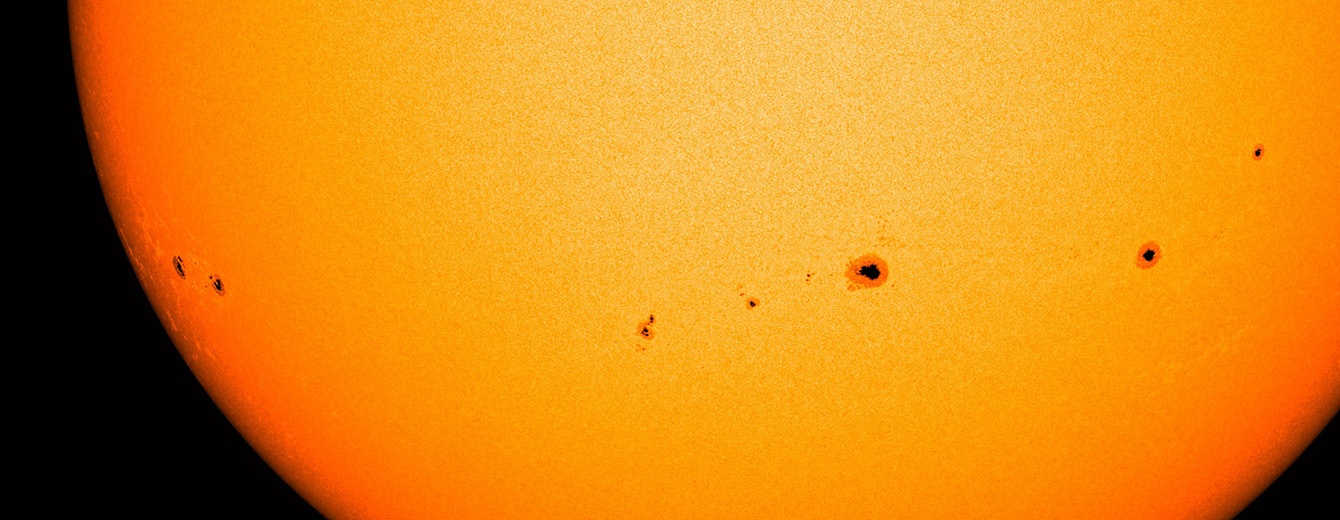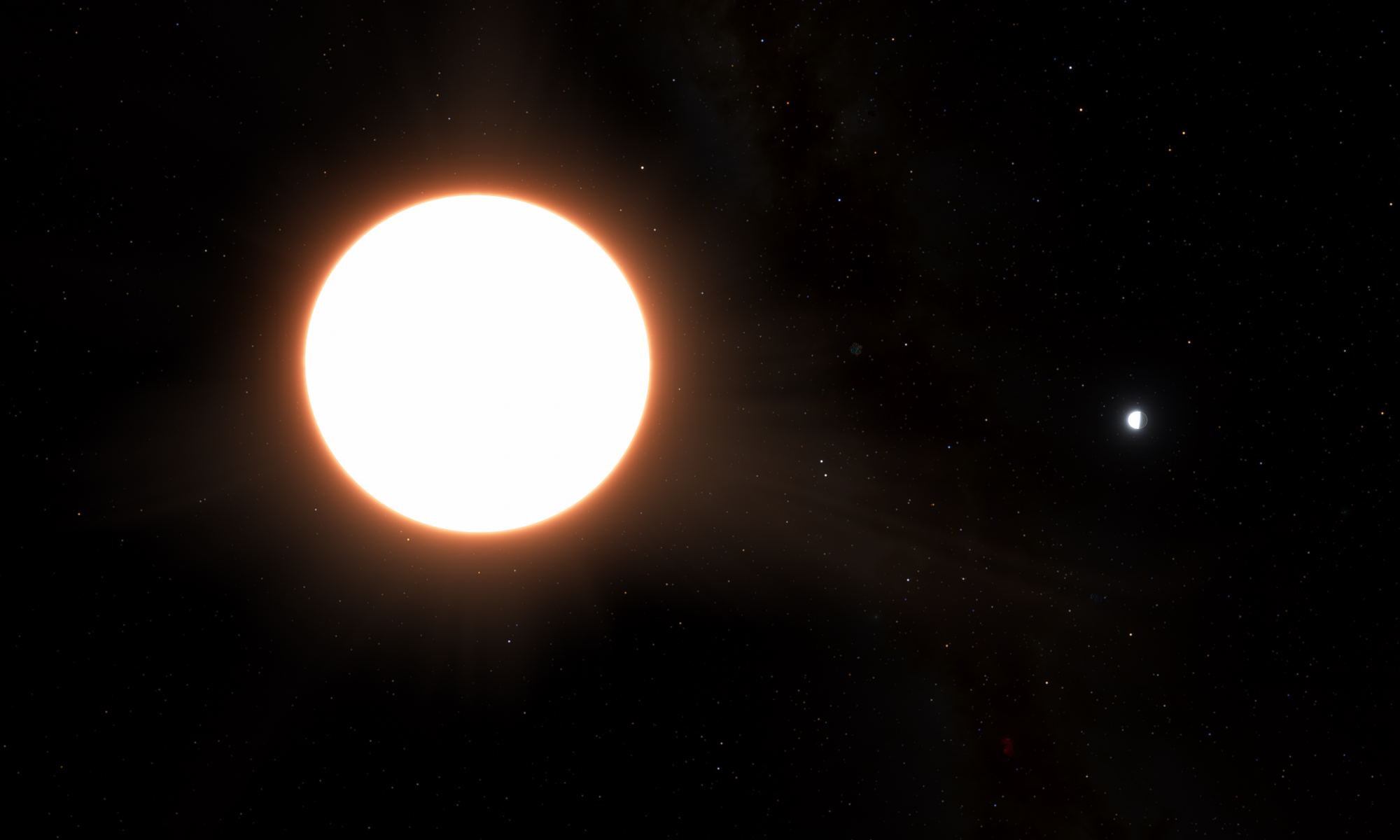[/caption]
It’s a millisecond pulsar… a rapidly rotating neutron star and it’s about to reach the end of its mass gathering phase. For ages the vampire of this binary system has been sucking matter from a donor star. It has been busy, spinning at incredibly high rotational speeds of about 1 to 10 milliseconds and shooting off X-rays. Now, something is about to happen. It is going to lose a whole lot of energy and age very quickly.
Astrophysicist Thomas Tauris of Argelander-Institut für Astronomie and Max-Planck-Institut für Radioastronomie has published a paper in the February 3 issue of Science where he has shown through numerical equations the root of stellar evolution and accretion torques. In this model, millisecond pulsars are shown to dissipate approximately half of their rotational energy during the last phase of the mass-transfer process and just before it turns into a radio source. Dr. Tauris’ findings are consistent with current observations and his conclusions also explain why a radio millisecond pulsar appears age-advanced over their companion stars. This may be the answer as to why sub-millisecond pulsars don’t exist at all!
“Millisecond pulsars are old neutron stars that have been spun up to high rotational frequencies via accretion of mass from a binary companion star.” says Dr. Tauris. “An important issue for understanding the physics of the early spin evolution of millisecond pulsars is the impact of the expanding magnetosphere during the terminal stages of the mass-transfer process.”
By drawing mass and angular momentum from a host star in a binary system, a millisecond pulsar lives its life as a highly magnetized, old neutron star with an extreme rotational frequency. While we might assume they are common, there are only about 200 of these pulsar types known to exist in galactic disk and globular clusters. The first of these millisecond pulsars was discovered in 1982. What counts are those that have spin rates between 1.4 to 10 milliseconds, but the mystery lay in why they have such rapid spin rates, their strong magnetic fields and their strangely appearing ages. For example, when do they switch off? What happens to the spin rate when the donor star quits donating?
“We have now, for the first time, combined detailed numerical stellar evolution models with calculations of the braking torque acting on the spinning pulsar”, says Thomas Tauris, the author of the present study. “The result is that the millisecond pulsars lose about half of their rotational energy in the so-called Roche-lobe decoupling phase. This phase is describing the termination of the mass transfer in the binary system. Hence, radio-emitting millisecond pulsars should spin slightly slower than their progenitors, X-ray emitting millisecond pulsars which are still accreting material from their donor star. This is exactly what the observational data seem to suggest. Furthermore, these new findings can help explain why some millisecond pulsars appear to have characteristic ages exceeding the age of the Universe and perhaps why no sub-millisecond radio pulsars exist.”
Thanks to this new study we’re now able to see how a spinning pulsar could possibly brake out of an equilibrium spin. At this age, the mass-transfer rate slows down and affects the magnetospheric radius of the pulsar. This in turn expands and forces the incoming matter to act as a propeller. The action then causes the pulsar to slow down its rotation and – in turn – slow its spin rate.
“Actually, without a solution to the “turn-off” problem we would expect the pulsars to even slow down to spin periods of 50-100 milliseconds during the Roche-lobe decoupling phase”, concludes Thomas Tauris. “That would be in clear contradiction with observational evidence for the existence of millisecond pulsars.”
Original Story Source: Max-Planck-Institut für Radioastronomie News Release>. For Further Reading: Spin-Down of Radio Millisecond Pulsars at Genesis.



